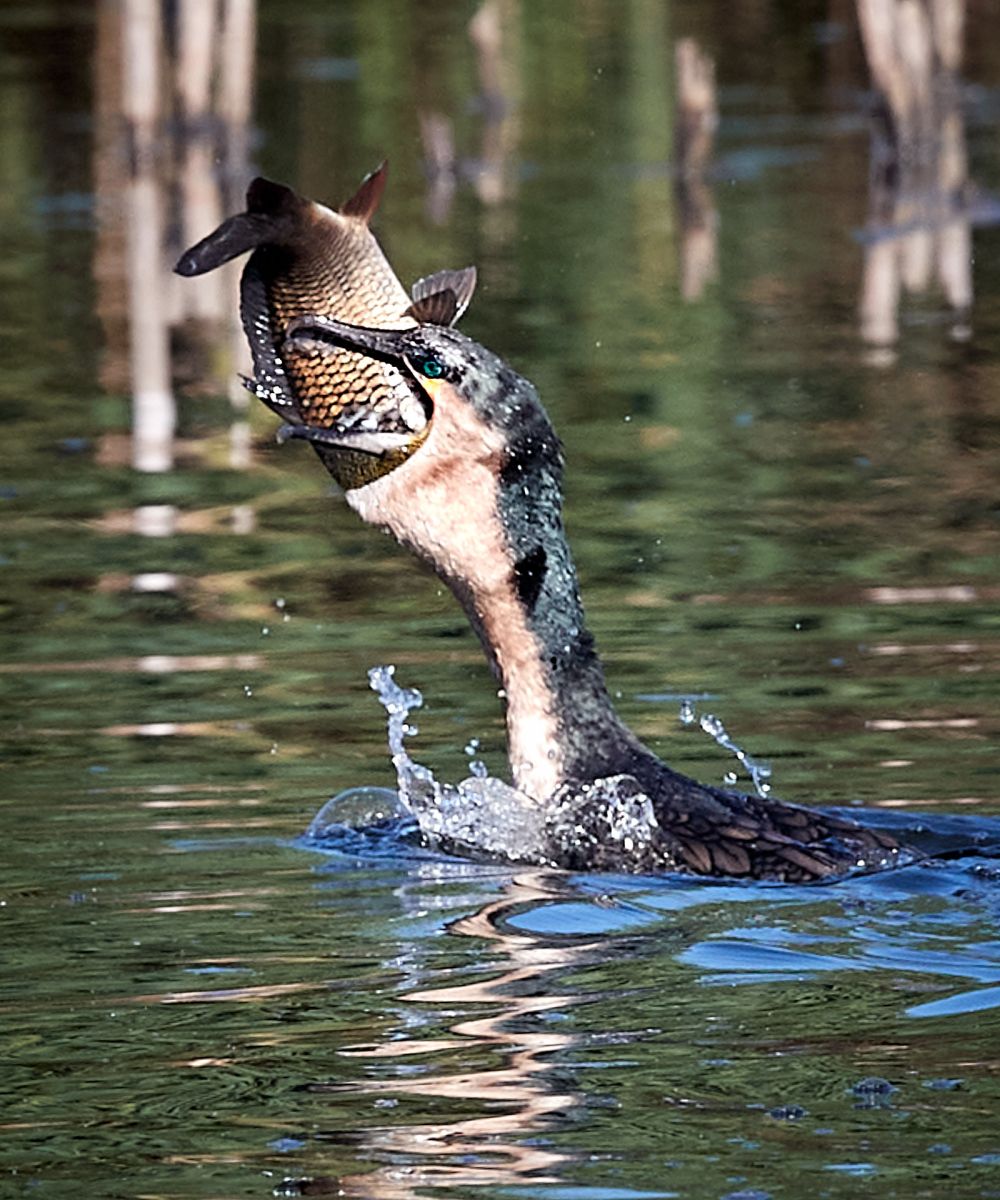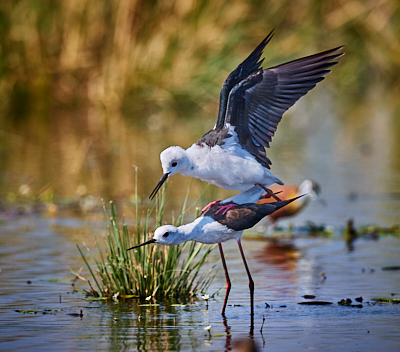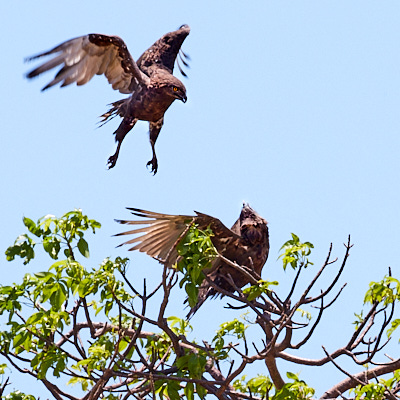BLOG
- HOME
- / Blog Main Page
- / Nature
5 STEPS TO SUCCESS IN ACTION PHOTOGHAPHY
All wildlife and bird photographers dream of getting that perfect action shot, in focus, in frame and in time! Then let's not forget, at the right exposure and shutter speed.
For many, this seems an impossible task, but it does not have to be.
I discovered 5 steps that can improve the chances of success dramatically and want to share these with you through a real life experience in the field.
LET'S UNPACK THIS EXPERIENCE
Early one morning I was busy focussing on a Goliath Heron who had been stalking some fish in the shallow waters of the Korsmans Bird Sanctuary. It was almost a certainty that I was about to get an amazing action shot as I could see a number of fish swimming within striking distance of where the Goliath was standing.
Then suddenly a Cormorant came swimming by and disturbed the Goliath and its prey which instantly ended my hopes of getting the shot and denied the Goli of his breakfast meal. I could tell that some strong words followed judging by the look on that Goli's face. I too had some strong words about the situation but will leave those for another day...

As I continued to focus on the Goli, my brother Peter suddenly diverted my attention to some other action which he had spotted further along the reeds but in the opposite direction.
In a swift movement to my right, I swung my camera around quickly on its gimbal to where Peter was pointing.
Peter had spotted another Cormorant catching a large fish some 50 metres away from where we were standing. It’s useless trying to take a shot if one does not know what to shoot so I had to first locate what he had seen. Then once I had the subect in sight, I also had to get it into the frame.
THE CHALLENGE
Using a 500 mm lens makes this very difficult as your field of view at 50 metres is only 2,87 metres over an area of about 20 metres.
Once located, I had to re-focus on the new subject.
Remember I had been focussing on a Goli before this event and since the Cormorant was not at the same distance, so a fast and accurate focus system is essential. We all know that a Cormorant is not going to stick around while you fiddle with your setups so knowing your equipment is critical.
I always take a test shot of the general scene on arrival and check that my settings are correct for the ambient conditions.
TO SUM UP
Step 1: If you are intending to shoot any fast moving action then before you even start, set the correct apperture for maximum depth of field and a shutter speed of 1/2000 sec or higher.
Step 2: Find the subject by scanning the scene in the direction which had been pointed out. Always react swiftly when someone or something alerts you to action which you may not have spotted whilst concentrating on a different subject.
Step 3: Once you have located the action by looking past your lens, locate the subject in your viewfinder by quickly scanning left and right. This takes practice so don't wait intil you are in the field, practice at home. The best way is to track birds flying overhead your back yard.
Step 4: Once located, get the subject in focus with a back button focus set to spot focus. Using a wide focus area will mostly result in a stick or reed being in focus and the action being a blurry mess.
Step 5: Once everything is set – shoot, shoot, shoot and keep shooting until all the action is over. It's best to use the burst mode at maximum frame rate.
FINALLY, SUCCESS
Following these steps, I finally got my shot.


Then there is one other major consideration
Action such as this in nature usually happens very fast. The time available to complete all five steps in this particular instance was less than five seconds as the Cormorant was quick to swallow its catch.
All of these five steps require one more very important thing to consider - you need to have very good reflexes, be exceptionally quick and always be ready with your camera and your mind set to take an action shot or you are most likely going to go home very grumpy.
So just, PRACTICE PRACTICE PRACTICE...





